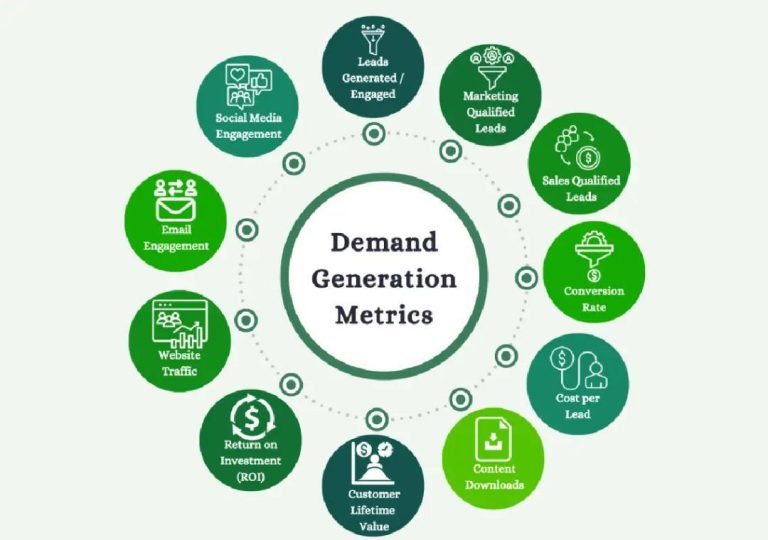
The New CEO Playbook: AI Pressures & Global Tariff Shocks
The business landscape has never been more turbulent. Artificial intelligence (AI) is reshaping industries, while global tariff shocks are disrupting trade. For CEOs, this presents an unprecedented set of challenges. From internal pressures to automate and innovate to external forces like shifting trade policies, business leaders must rethink strategy and operations. With no guarantee of stability, companies are being pushed to localize, adapt, and reconsider long-held business models.
In this blog post, we’ll explore the new CEO playbook and provide insights on how to navigate these challenges. We’ll also examine the role of AI in driving innovation and the impact of global tariff shocks on international trade.
The AI Revolution
AI has already transformed industries, from customer service to healthcare. As the technology continues to evolve, CEOs must prioritize its adoption to stay ahead of the competition. According to a recent survey, 79% of CEOs believe AI will significantly impact their business within the next three years. However, only 40% have a clear plan in place to implement AI solutions.
The pressure to automate and innovate is coming from all directions. Customers expect personalized experiences, and AI can help deliver them. Competitors are already using AI to gain a competitive edge, and investors are demanding returns. The stakes are high, and CEOs who don’t prioritize AI risk being left behind.
Global Tariff Shocks
The global trade landscape is also undergoing a significant shift. Tariffs have been imposed on billions of dollars’ worth of goods, and trade tensions continue to escalate. The impact on business is significant, with companies facing increased costs, reduced revenue, and uncertainty around future trade agreements.
For CEOs, the challenge is to adapt quickly to these changes. This requires a deep understanding of the global supply chain, as well as the ability to negotiate with suppliers and customers. It also demands a willingness to rethink business models and diversify revenue streams.
The New CEO Playbook
So, what does the new CEO playbook look like? Here are some key takeaways:
- Embrace AI: Prioritize AI adoption to drive innovation and stay ahead of the competition. Focus on areas like customer service, supply chain management, and data analytics.
- Localize: Adapt to changing trade policies by localizing operations and supply chains. This may involve shifting production to new regions or diversifying revenue streams.
- Diversify: Reduce dependence on a single market or supplier by diversifying revenue streams and supply chains.
- Rethink Business Models: Challenge long-held assumptions about your business and be willing to pivot when necessary.
- Build Resilience: Develop a culture of resilience within your organization, with a focus on agility, adaptability, and innovation.
- Stay Informed: Stay up-to-date with global trade developments and adjust your strategy accordingly.
Case Studies
Several companies have successfully navigated these challenges. Here are a few case studies:
- Amazon: Amazon has been a pioneer in AI adoption, using the technology to drive customer service and supply chain management. The company has also been proactive in responding to global tariff shocks, shifting production to new regions and diversifying its supply chain.
- Procter & Gamble: P&G has been working to localize its operations, shifting production to new regions and reducing dependence on a single market or supplier. The company has also been investing in AI to drive innovation and improve customer service.
- GE: GE has been undergoing a significant transformation, prioritizing AI adoption and localizing its operations. The company has also been diversifying its revenue streams, including through the sale of its healthcare business.
Conclusion
The new CEO playbook is all about adapting to change and staying ahead of the competition. As AI reshapes industries and global tariff shocks disrupt trade, CEOs must prioritize innovation, localization, and diversification. By embracing these challenges, companies can build resilience and drive growth in an uncertain world.
Watch the video below for more insights on how to navigate these challenges:
Source:






